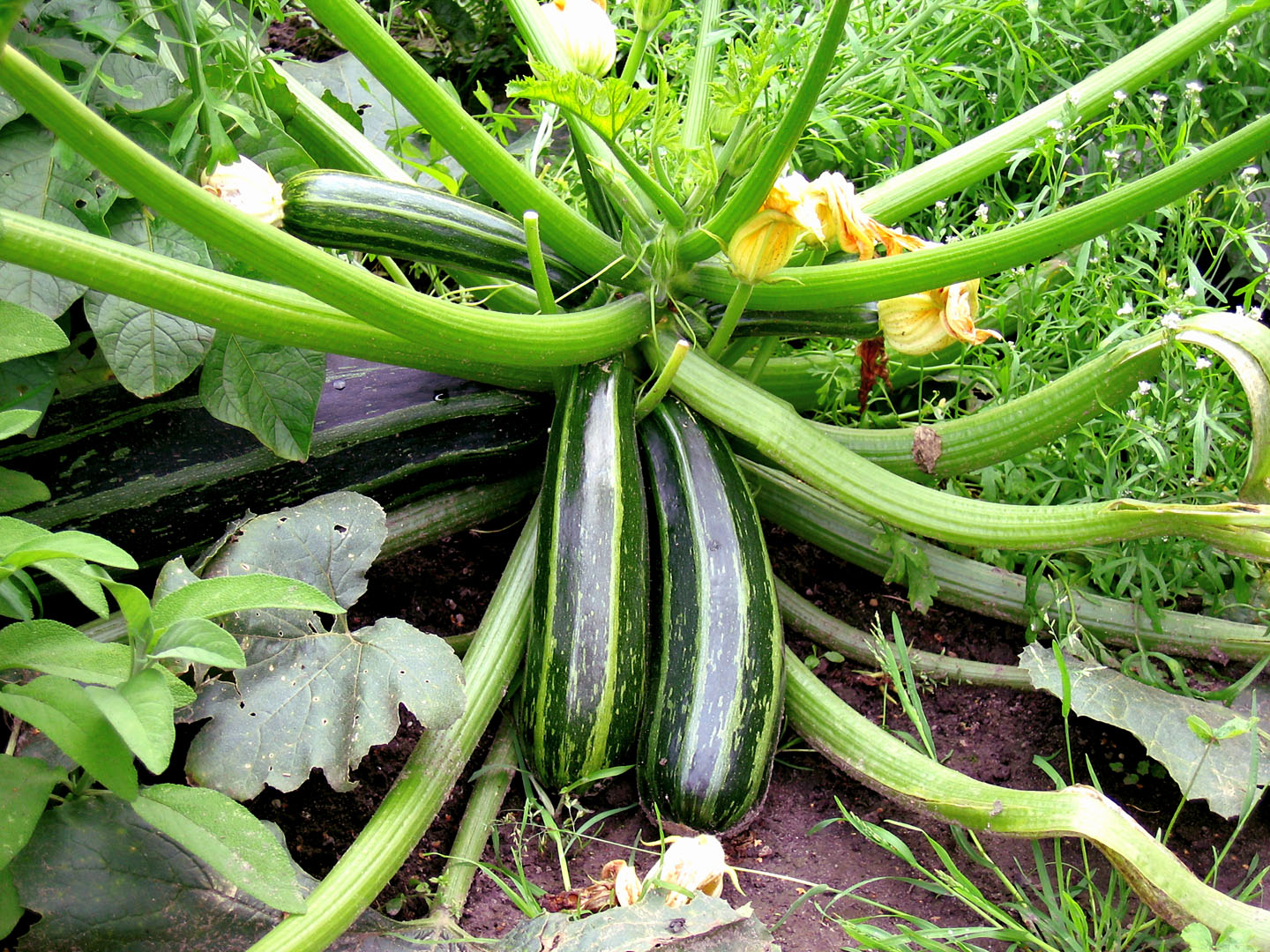How to Grow Zucchini in Small Gardens: A Comprehensive Guide
:max_bytes(150000):strip_icc()/zucchini-growing-tips-1402989-01-ac00f5d544114f5480c80c2e1090c979.jpg)
Are you dreaming of a bountiful harvest but feel constrained by your tiny garden space? Fear not! Growing zucchini in small gardens is not only possible but also incredibly rewarding. Imagine transforming your modest plot into a lush oasis brimming with fresh, homegrown zucchini. Let's dive into the world of container gardening and discover how to maximize your garden space with zucchini varieties that thrive in compact environments.
Why Grow Zucchini in Small Gardens?
Zucchini is a versatile and prolific vegetable that can thrive in even the smallest of gardens. Its fast growth and high yield make it an ideal choice for urban gardeners and those with limited space. Plus, zucchini is packed with nutrients and can be used in a variety of dishes, from savory stir-fries to sweet zucchini bread.
Choosing the Right Zucchini Varieties
Selecting the right zucchini variety is crucial for success in small gardens. Look for compact or bush varieties that are specifically bred for container gardening. Some popular options include:
- Eight Ball: Known for its round shape and compact size, this variety is perfect for small spaces.
- Gold Rush: A yellow zucchini with a bushy habit, ideal for containers.
- Patio Star: A compact, disease-resistant variety that produces abundant yields.
Preparing Your Garden Space
Before you start planting zucchini, it's essential to prepare your garden space. Choose a sunny location that receives at least 6-8 hours of sunlight daily. Ensure your soil is well-draining and rich in organic matter. If you're using containers, opt for pots that are at least 12 inches deep and wide to provide ample room for root growth.
Planting Zucchini: Step-by-Step Guide
1. Selecting the Right Container
Choose a container that is large enough to accommodate the zucchini plant's root system. A 5-gallon pot is typically sufficient for most compact varieties. Ensure the container has adequate drainage holes to prevent waterlogging.
2. Preparing the Soil
Fill your container with a high-quality potting mix that is rich in nutrients. You can also add compost or well-rotted manure to enhance soil fertility. Avoid using garden soil, as it can be too heavy and may contain pests or diseases.
3. Planting the Seeds
Plant zucchini seeds about 1 inch deep in the soil. Space the seeds 2-3 inches apart if you're planting multiple seeds in a larger container. Water the soil gently to ensure good seed-to-soil contact.
4. Watering and Care
Zucchini plants require consistent moisture, especially during the early stages of growth. Water your plants regularly, ensuring the soil remains evenly moist but not waterlogged. Avoid overhead watering to prevent fungal diseases.
Caring for Your Zucchini Plants
Fertilizing
Zucchini plants are heavy feeders and benefit from regular fertilization. Use a balanced, water-soluble fertilizer every 2-3 weeks during the growing season. Alternatively, you can apply a slow-release fertilizer at the time of planting.
Pest and Disease Management
Keep an eye out for common pests such as aphids, cucumber beetles, and spider mites. Use organic or chemical pesticides as needed, following the manufacturer's instructions. To prevent diseases like powdery mildew, ensure good air circulation and avoid overcrowding plants.
Pruning
While zucchini plants generally don't require pruning, you can remove any yellowing or diseased leaves to promote healthy growth. Additionally, pinching back the growing tips can encourage bushier growth and more fruit production.
Harvesting Your Zucchini
Zucchini plants typically produce fruit within 45-55 days after planting. Harvest zucchini when they are young and tender, usually around 6-8 inches long. Regularly picking the fruit encourages the plant to produce more. Use a sharp knife or pruners to cut the zucchini from the vine, leaving a small portion of the stem attached.
Tips for Maximizing Your Harvest
- Succession Planting: Stagger your planting times to ensure a continuous supply of zucchini throughout the growing season.
- Companion Planting: Plant zucchini alongside beneficial companions like beans, peas, and radishes to improve soil health and deter pests.
- Vertical Gardening: Train your zucchini plants to grow up a trellis or cage to save space and improve air circulation.

Conclusion
Growing zucchini in small gardens is not only feasible but also incredibly rewarding. With the right zucchini varieties, proper preparation, and consistent care, you can transform your limited garden space into a thriving oasis of fresh, homegrown zucchini. Embrace the challenge and reap the delicious rewards of your labor. Happy gardening!
FAQs
1. What are the best zucchini varieties for small gardens?
Compact or bush varieties like Eight Ball, Gold Rush, and Patio Star are ideal for small gardens and container gardening.
2. How much sunlight do zucchini plants need?
Zucchini plants thrive in full sun and require at least 6-8 hours of sunlight daily for optimal growth.
3. How often should I water my zucchini plants?
Water your zucchini plants regularly to keep the soil evenly moist but not waterlogged. Aim for about 1 inch of water per week, adjusting as needed based on weather conditions.
4. When is the best time to harvest zucchini?
Harvest zucchini when they are young and tender, usually around 6-8 inches long. Regularly picking the fruit encourages the plant to produce more.
5. Can I grow zucchini in pots?
Yes, zucchini can be grown successfully in pots. Choose a container that is at least 12 inches deep and wide, and use a high-quality potting mix to ensure healthy growth.
/colorfulpots-56a6704a3df78cf7728deb0e.jpg)
0 Response to "How to Grow Zucchini in Small Gardens: A Comprehensive Guide"
Post a Comment